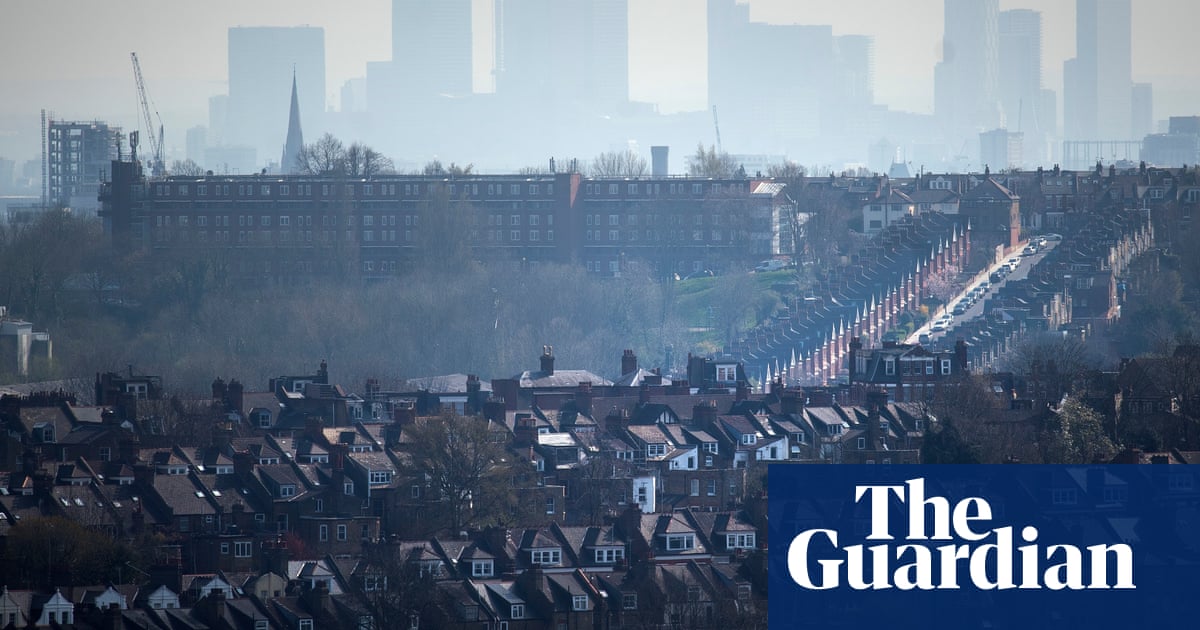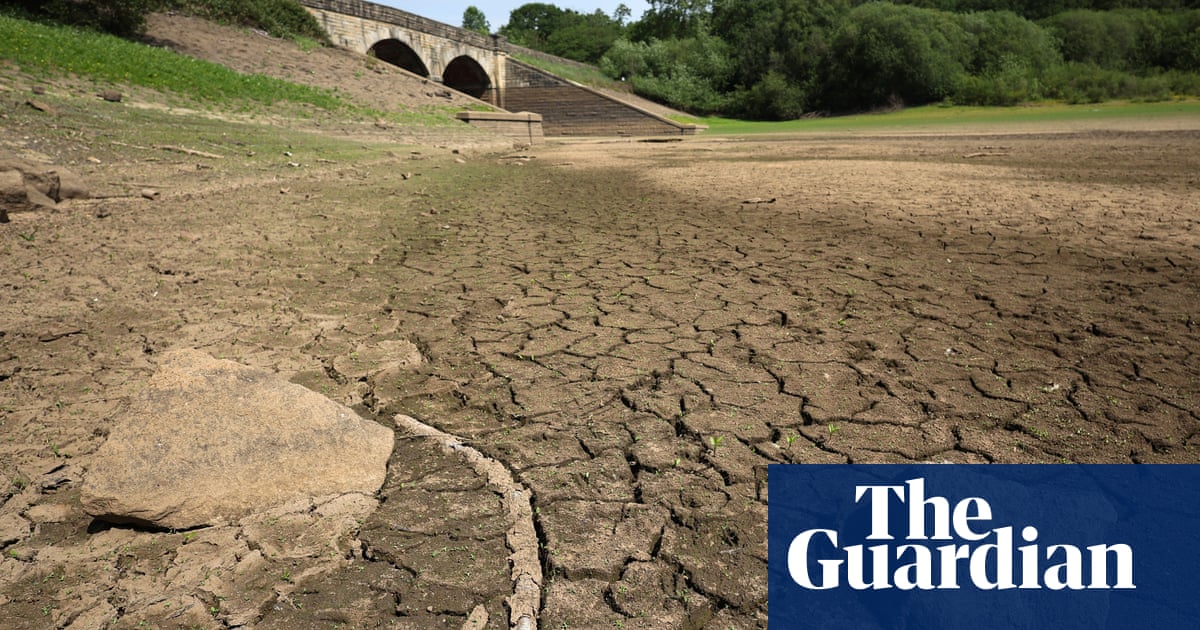UK air pollution falling but danger levels still breached too often, say scientists | Air pollution

The UK’s air pollution has dropped since 2015, scientists have found, but they have warned that dangerous levels are still reached too often.
Researchers found that nitrogen dioxide (NO2), which is mainly produced by traffic, fell by 35% on average at monitoring sites. Fine particles called PM2.5, which are small enough to get deep into lungs and are caused by burning wood and driving cars with internal combustion engines, dropped by 30%.
The scientists, from the University of Reading, measured pollution levels at more than 500 sites around the UK. They looked at NO2 and PM2.5 levels along with surface ozone (O3).
Despite the reductions of two of these pollutants, safety limits are still broken in the UK. The average number of days each year when NO2 exceeded World Health Organization targets fell from 136 to 40 days, while the number of days PM2.5 particles were above the targets decreased from 60 to 22.
Additionally, ozone increased by 17% over the decade. This pollutant is formed when sunlight interacts with NO2 and volatile organic compounds produced by traffic and industry. It can be exacerbated by rising temperatures, which the UK is experiencing as a result of climate breakdown. The number of days when ozone exceeded targets doubled from seven to 14 a year.
Dr James Weber, the lead author of the paper published in the journal Environmental Science: Atmospheres, said: “The UK has made progress on air quality but there is still a long way to go. Pollution from traffic is getting better but we need both local action and international cooperation to improve all types of air pollution. The fact that ozone is getting worse while other pollution improves shows we need to think carefully about how we tackle this problem and not focus on pollutants in isolation.”
The scientists say that as different pollution types come from different sources, with NO2 mainly coming from local traffic but PM2.5 particles travelling long distances, including from continental Europe, a range of approaches are required to tackle pollution.
after newsletter promotion
Simultaneous efforts are needed to reduce the volatile organic compounds that fuel the production of ozone at the same time as decarbonising transport, which reduces the amount of NO2.
Source link






